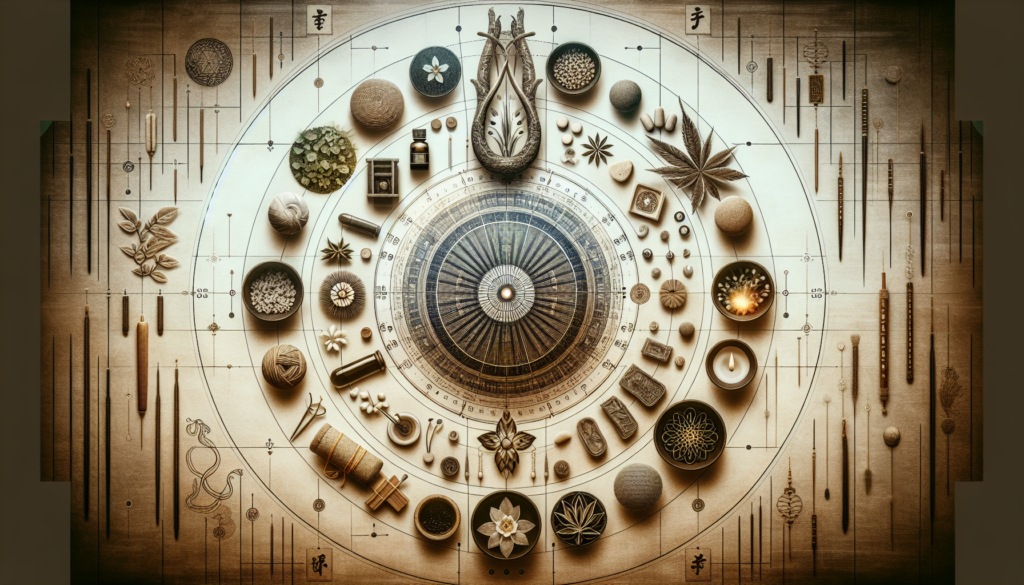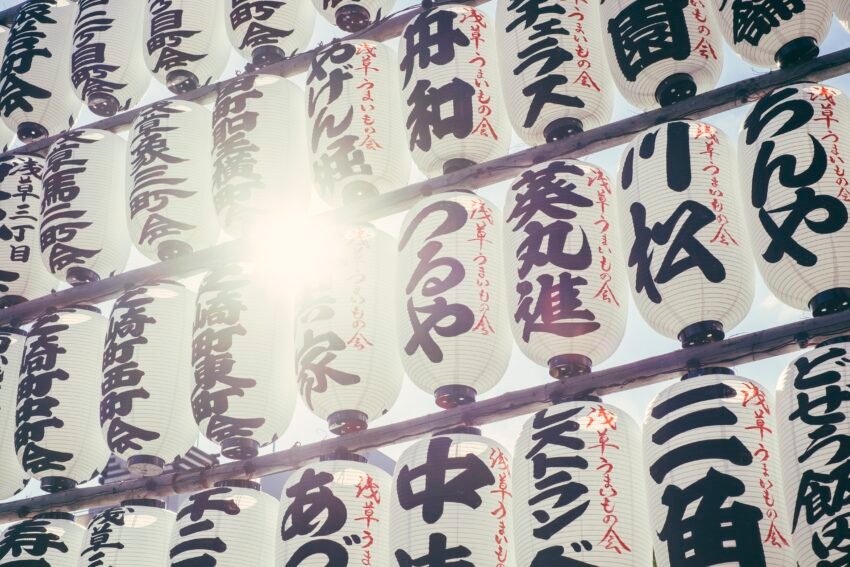Intrigued by the wonders of traditional Japanese medicine? Look no further, as we take you on an enlightening journey to uncover the nuances of this ancient healing practice. Discover how traditional Japanese medicine, rooted in centuries-old wisdom, is still practiced today, offering a holistic approach that complements modern healthcare. From acupuncture to herbal remedies, delve into the rich tapestry of techniques and philosophies that shape this revered tradition. So, sit back, relax, and prepare to explore the fascinating world of traditional Japanese medicine.

What is Traditional Japanese Medicine?
Definition
Traditional Japanese Medicine, also known as Kampo medicine, is a holistic healthcare system that has been practiced in Japan for over a thousand years. It is rooted in the belief that an individual can achieve optimal health and well-being by balancing their physical, mental, and spiritual aspects. Traditional Japanese Medicine encompasses a wide range of treatment methods, including acupuncture, herbal medicine, manual therapies, and more.
Background and Philosophy
Traditional Japanese Medicine is deeply influenced by classical Chinese medicine, which was introduced to Japan during the 6th century. Over time, it has evolved and developed its unique characteristics, blending with indigenous Japanese practices and cultural beliefs. The philosophy underlying Traditional Japanese Medicine is centered on the concept of harmony and balance within the body and with the surrounding environment. It views disease as an imbalance of vital energy (known as Ki) and uses various diagnostic methods and treatment techniques to restore harmony and promote the body’s natural healing abilities.
Important Principles of Traditional Japanese Medicine
Ki Energy
Ki energy is the life force that flows through the body, maintaining health and vitality. In Traditional Japanese Medicine, it is believed that imbalances in Ki energy can lead to various health problems. Practitioners aim to restore the flow of Ki energy using techniques such as acupuncture and herbal medicine.
The Five Elements
According to Traditional Japanese Medicine, everything in the universe, including the human body, is composed of five elements: Wood, Fire, Earth, Metal, and Water. Each element represents specific organs, emotions, and qualities. Balancing these elements is vital for maintaining optimal health and preventing disease.
Yin and Yang
The concept of Yin and Yang forms the foundation of Traditional Japanese Medicine. Yin represents the feminine, receptive, and nourishing qualities, while Yang represents the masculine, active, and energizing qualities. Achieving a harmonious balance between Yin and Yang is essential for overall health and well-being.
Meridians
Meridians are energy pathways in the body through which Ki energy flows. In Traditional Japanese Medicine, there are twelve main meridians that correspond to specific organs and help regulate their functions. By accessing and stimulating these meridians through acupuncture, practitioners aim to restore balance and promote healing.
Key Diagnostic Methods in Traditional Japanese Medicine
Observation
In Traditional Japanese Medicine, observation plays a crucial role in diagnosing a person’s health. Practitioners carefully observe the patient’s physical appearance, skin color, tongue coating, and other external signs to gather information about the underlying imbalances in their body.
Listening and Smelling
By actively listening to the patient’s voice and smelling their body odor, Traditional Japanese Medicine practitioners can gain valuable insights into the condition of their internal organs. Certain smells or changes in the voice can indicate specific imbalances or organ dysfunctions.
Inquiry
Through a series of questions, practitioners gather information about the patient’s medical history, lifestyle, emotional state, and dietary habits. This comprehensive assessment helps identify patterns and potential causes of health issues.
Palpation
Palpation involves the skillful use of touch to assess the body’s condition. By palpating specific areas, such as the abdomen or pulse, practitioners can detect abnormalities, subtle changes in tissue texture, or imbalances in the meridians.
Treatment Methods in Traditional Japanese Medicine
Acupuncture
Acupuncture is one of the most well-known and widely used treatment methods in Traditional Japanese Medicine. It involves the insertion of thin needles into specific points on the body to stimulate the flow of Ki energy, balance Yin and Yang, and address various health conditions. Traditional Japanese acupuncture often utilizes shallower needle insertions and gentler techniques compared to its Chinese counterpart.
Moxibustion
Moxibustion is a technique that involves burning dried mugwort (Artemisia) near specific acupuncture points or areas of the body. The heat generated from the burning herb stimulates the flow of Ki energy and promotes healing. It is often used in combination with acupuncture to enhance its effects.
Herbal Medicine
Herbal medicine, also known as Kampo, is a key component of Traditional Japanese Medicine. It involves the use of carefully selected and prescribed herbal formulas to address specific health conditions. These formulas typically consist of a combination of plants and minerals that work synergistically to restore balance and support the body’s natural healing processes.
Manual Therapies
Traditional Japanese Medicine utilizes various manual therapies, such as shiatsu (acupressure massage), anma (Japanese massage), and seitai (spine alignment), to address musculoskeletal issues, promote relaxation, and support overall health. These techniques involve the application of pressure, stretching, and manipulation of specific points and areas of the body.
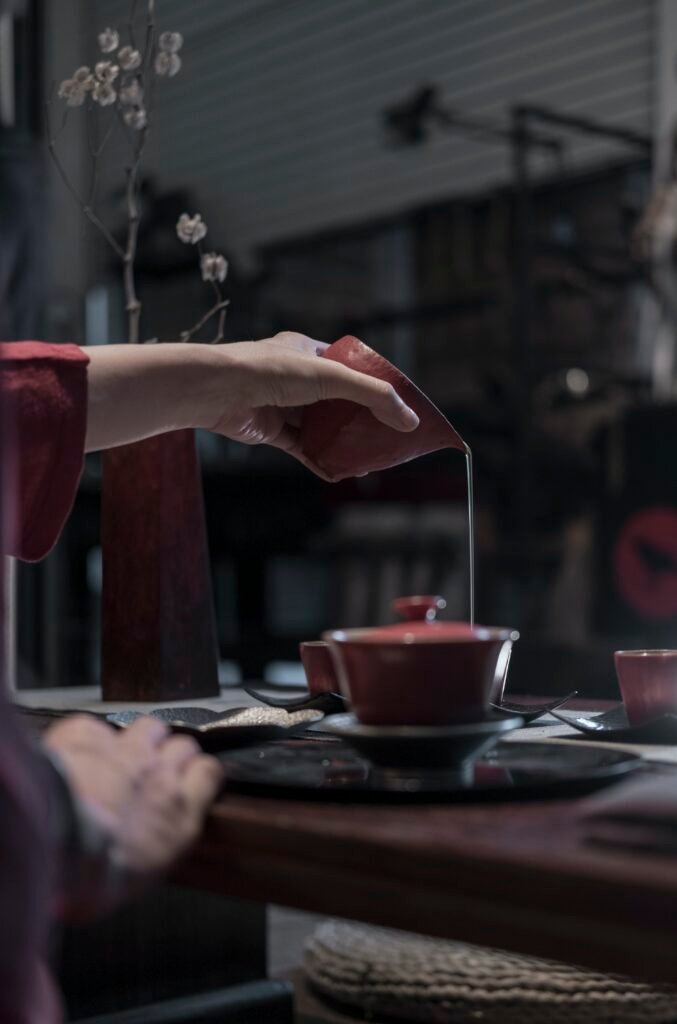
Traditional Japanese Medicine and Modern Healthcare
Integration with Western Medicine
In Japan, Traditional Japanese Medicine is recognized as a valuable complementary therapy to Western medicine. Many hospitals and healthcare facilities offer integrated healthcare services that combine both traditional and modern approaches. This integrative approach allows patients to benefit from a wide range of treatment options and promotes a holistic approach to healthcare.
Current Practices in Japan
Traditional Japanese Medicine continues to be widely practiced in Japan, with tens of thousands of licensed practitioners providing care to patients. It is commonly used as a primary or adjunct therapy for various health conditions, ranging from chronic pain management and digestive disorders to women’s health issues and stress-related conditions.
Training and Certification in Traditional Japanese Medicine
Education Programs
To become a licensed practitioner of Traditional Japanese Medicine in Japan, individuals must complete comprehensive education and training programs. These programs typically include coursework in anatomy, physiology, diagnostics, herbal medicine, acupuncture, and hands-on clinical training.
Certification and Licensing
After completing the required education and training, individuals can apply for certification and licensing to practice Traditional Japanese Medicine. The certification process involves passing rigorous exams that assess both theoretical knowledge and practical skills. This ensures that practitioners are competent and capable of providing safe and effective care to their patients.
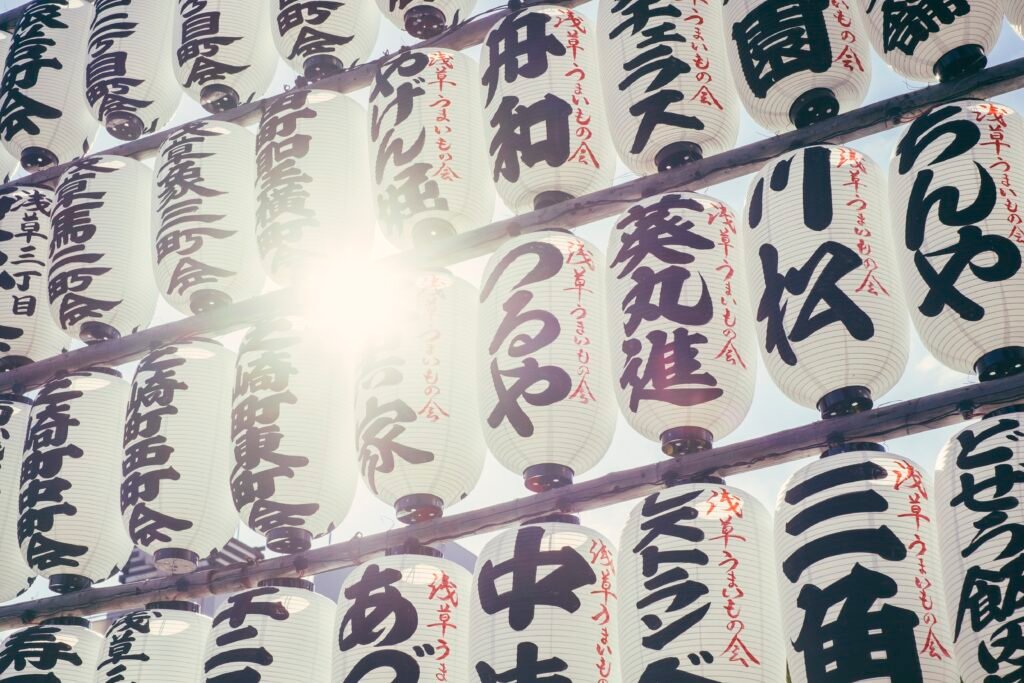
Efficacy and Research in Traditional Japanese Medicine
Clinical Studies
There is a growing body of research exploring the efficacy of Traditional Japanese Medicine for various health conditions. Numerous clinical studies have shown positive outcomes in areas such as pain management, gastrointestinal disorders, gynecological conditions, and mental health.
Evidence-based Practices
As the field of Traditional Japanese Medicine continues to evolve, there is an increasing emphasis on evidence-based practices. Researchers and practitioners are actively conducting studies and clinical trials to gather scientific evidence and establish guidelines for the effective and safe use of Traditional Japanese Medicine techniques and herbal formulations.
Common Conditions Treated with Traditional Japanese Medicine
Pain Management
Traditional Japanese Medicine, especially acupuncture and manual therapies, has shown promising results in managing pain conditions such as musculoskeletal pain, migraines, and postoperative pain.
Digestive Disorders
Herbal medicine and dietary recommendations are commonly used in Traditional Japanese Medicine to address digestive issues such as indigestion, irritable bowel syndrome (IBS), and gastritis.
Women’s Health Issues
Traditional Japanese Medicine offers a holistic approach to women’s health, addressing conditions such as menstrual disorders, menopausal symptoms, fertility issues, and pregnancy-related discomfort.
Stress and Mental Health
The gentle and calming techniques of Traditional Japanese Medicine, including acupuncture and shiatsu, can help alleviate stress, anxiety, and depression, promoting relaxation and emotional well-being.
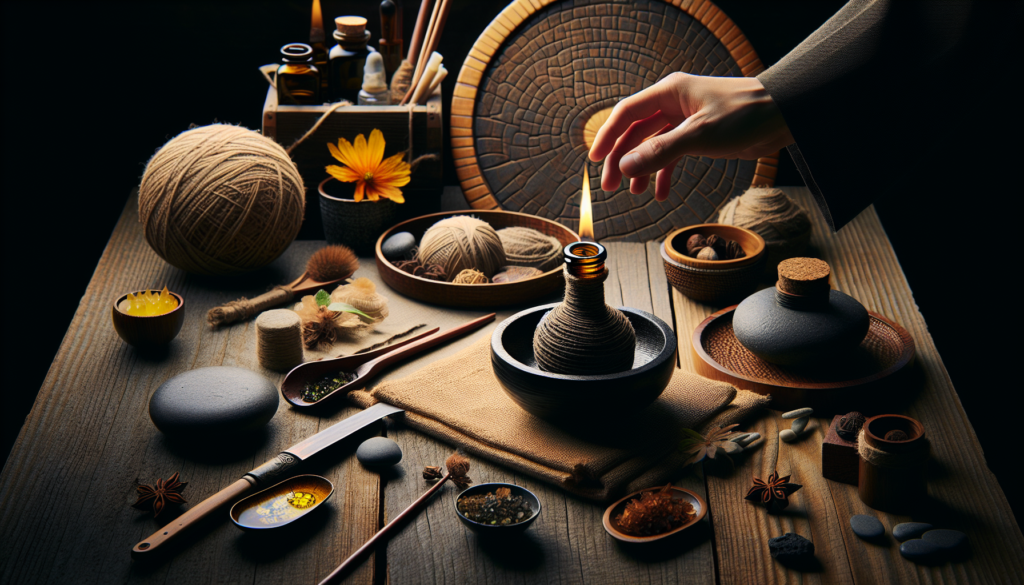
Benefits and Limitations of Traditional Japanese Medicine
Holistic Approach
One of the key strengths of Traditional Japanese Medicine is its holistic approach to healthcare. By addressing the physical, mental, and spiritual aspects of an individual, it aims to restore balance and promote overall well-being.
Individualized Treatment
Traditional Japanese Medicine recognizes that each person is unique, and treatment plans are tailored to the individual’s specific needs. This personalized approach allows for a more precise and effective treatment strategy.
Limited Scientific Evidence
While there is a growing body of research supporting the efficacy of Traditional Japanese Medicine, it is important to acknowledge that some treatments and techniques may have limited scientific evidence. Further research is needed to fully understand and validate the mechanisms of action.
Accessibility and Affordability
Traditional Japanese Medicine is deeply rooted in Japanese culture and is readily accessible within the country. However, outside of Japan, finding licensed practitioners and accessing specific herbal formulations may be challenging, limiting its availability and affordability for some individuals.
Conclusion
Traditional Japanese Medicine offers a unique and comprehensive approach to healthcare, rooted in centuries-old traditions and philosophies. With its focus on balance, individualized care, and integration with modern healthcare, it continues to provide valuable treatment options for a wide range of health conditions. However, as with any medical system, it is important to consult with trained and licensed practitioners to ensure safe and effective care.
